As many of you will be aware the Queen is visiting Blackburn on April 17th and whilst the visit of a reigning monarch is always special, this one is more so for one important reason. Royal Maundy.
Royal Maundy is the tradition of gifting special coins to worth citizens and are given the awards for the work they have done with their church and denominations. It is unusual as it is the only ceremony where the queen will go to the recipients, rather than them visiting her. This change in protocol reflects the history of the tradition that goes back to the middle ages. Originally the monarchs would wash the feet of beggars or gift the poor in imitation of the ways of Jesus and through using his teachings.
There is one man and one woman chosen for every year the queen has lived so there will be 172 recipients this year (88 men, 88 women) and they receive four coins. Luckily the museum has some Maundy coins to show what they would look like. The first set is from the 1980’s and the recipients in Blackburn this year can look forward to something very similar. The coins given are 1p,2p,3p and 4p denominations.
The other coin we have, however, is Maundy money from the reign of Queen Victoria. What makes it extra special though is what is on the back.
Those with a keen eye will be able to see the Lord’s Prayer. What you see dwarfing this 1869 example of Maundy money is a modern 5p. Which makes the workmanship on this coin even more impressive!
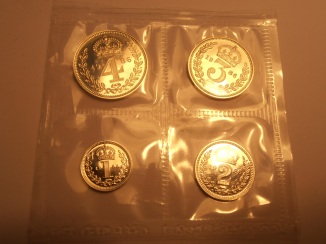
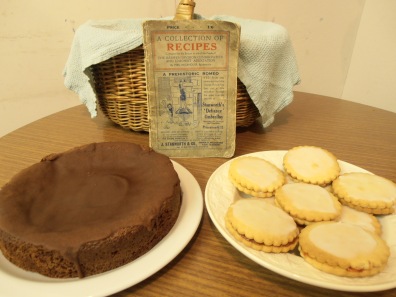
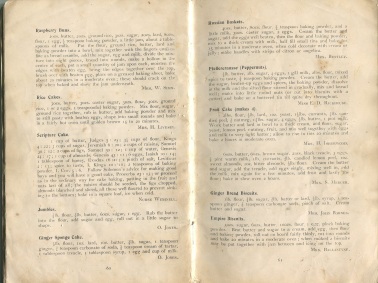
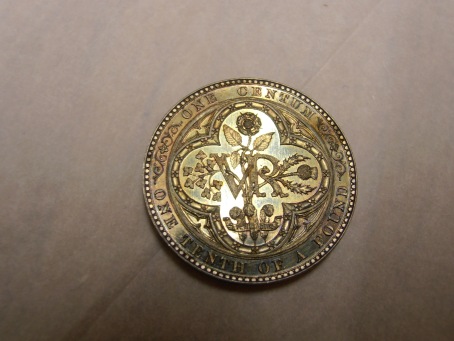
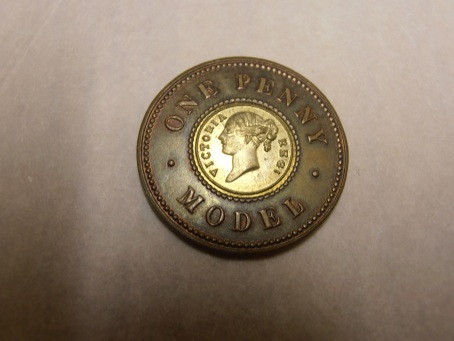
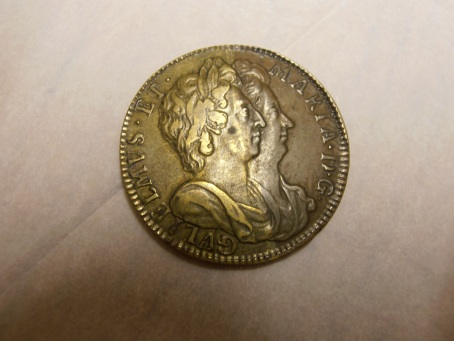
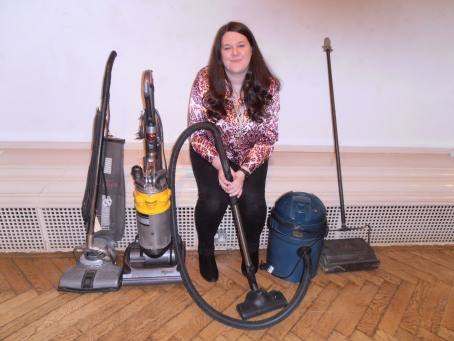

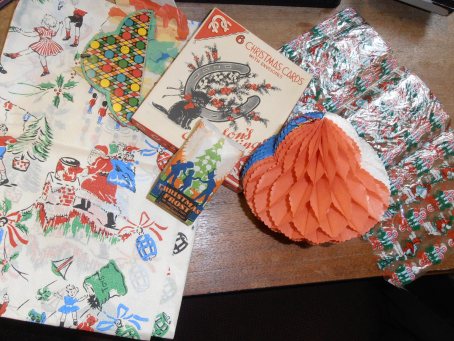


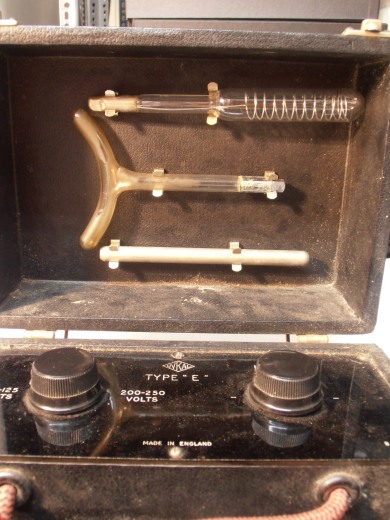
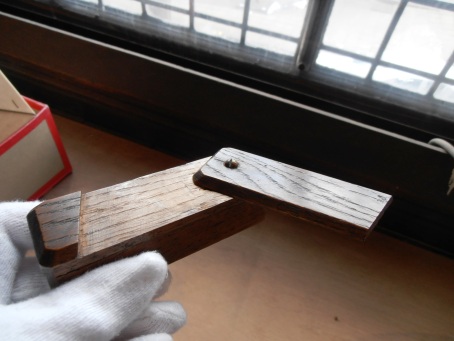
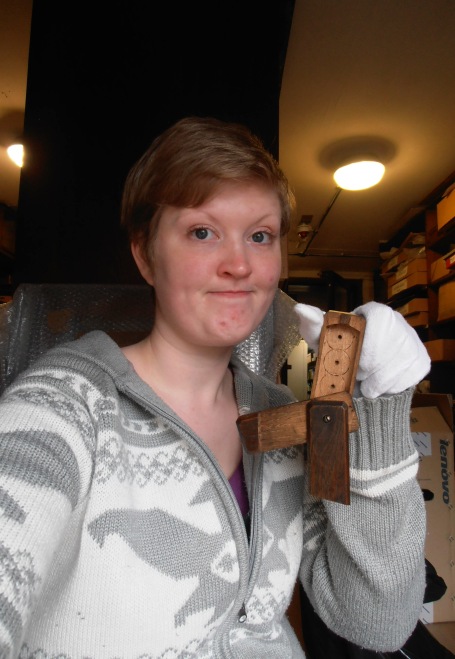
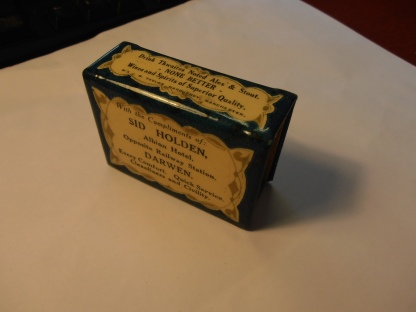
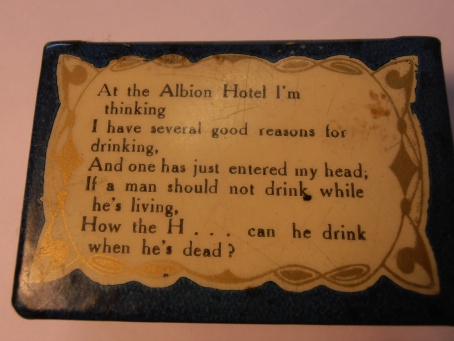
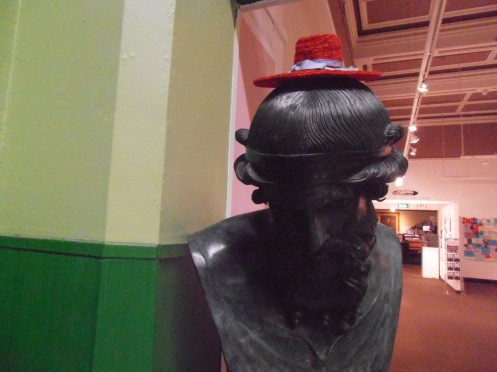
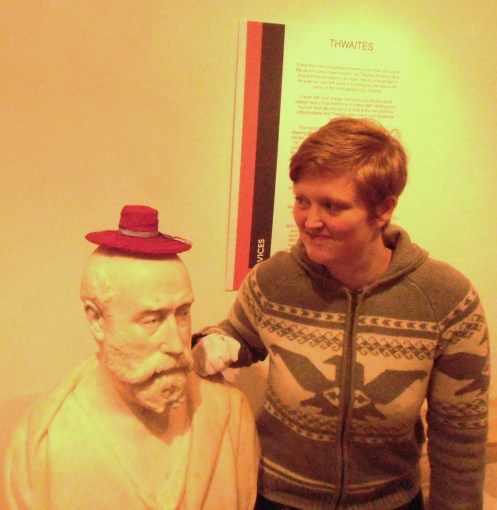
Recent Comments